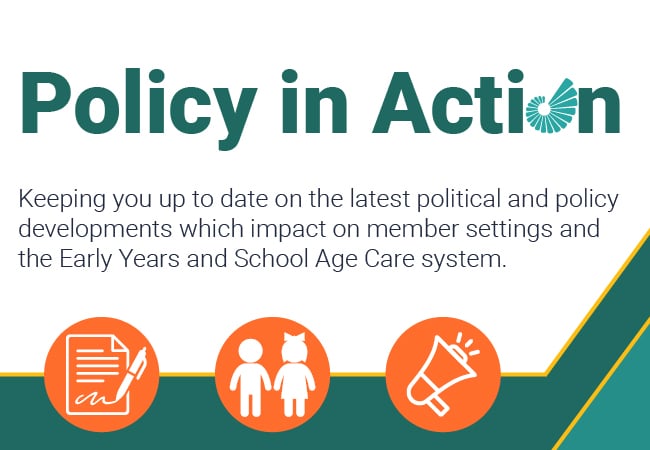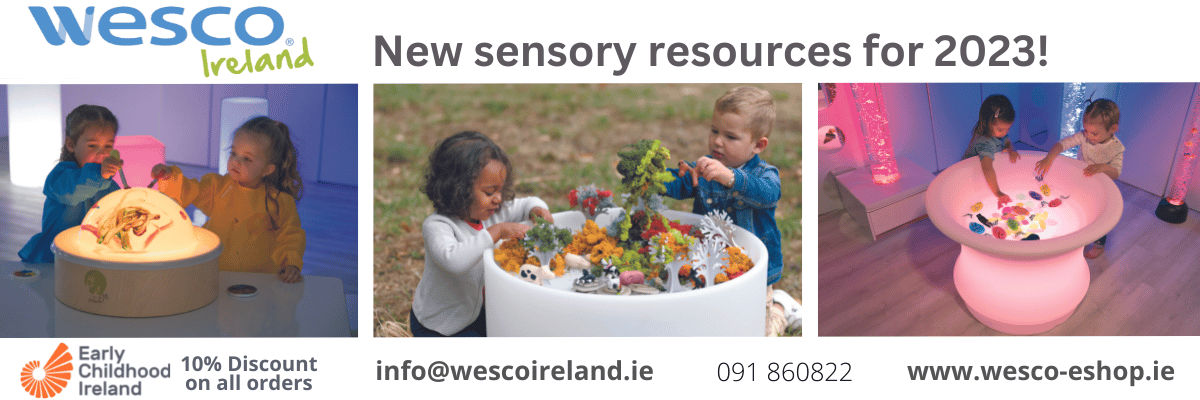Water Play!
All we want to do in summer is be outside – regardless of the weather, and it’s a perfect time for having fun with water!
Most children love to play in water and there are a multitude of ways to experiment with it in your service. Water play fosters learning in all developmental areas. It provides opportunities for children to experiment with math and science concepts with the use of water in various containers of different sizes, shovels and buckets which encourage knowledge in volume, estimation, and measurement. Playing with objects floating and sinking fosters problem solving skills.
Water play enhances childrens eye/ hand co-ordination and strengthens their physical skills through pouring, stirring, painting, scrubbing, and squirting. Gross motor skills are strengthened by running, splashing, dodging water drops, lawn water slides and hopping through a sprinkler! Water also offers a range of sensorial experiences as different textures (through mixing water with different materials) and different temperatures (warm, cool, and cold) are explored.
There are many ways children can use water to enhance their creative play also, by re-enacting different scenarios, such as afternoon tea with water in a tea set, washing the car or even doing the dishes!
Water play can also help enhance language development by learning new vocabulary, concepts and sounds and offers opportunities for literacy through painting and drawing with water outside in different areas, and from describing their experiences.
n.b.Have a set of dry clothes handy, waterproofs if available and supervision is paramount.
-
Plastic trays or bowls are sufficient for babies and young children to explore the different elements -such as floating and sinking. Larger water trays can be used for older children.
-
Fill a number of large and small plastic bottles with water, add food colouring, and in each bottle drop in a selection of small objects ie -large sequins, cut coloured plastic straws, plastic beads, little toy people, shells, marbles, feathers, curled wood shavings, gravel, dried peas or plastic teaspoons. Then screw the top on and seal with tape. Babies will enjoy picking up and shaking the bottles, watching the objects in the coloured water slowly drifting up and down.
-
Lengths of house guttering, hose pipes, washing-up bowls and funnels, are all fabulous for experimenting and for making water walls
-
Use a hose on a sunny day to make rainbows! And discuss why it appears
-
Water rates and environmental awareness encourage us to conserve water and use it sensibly. Rainwater collectors are a great way of conserving water, and so that children can fill containers when they get the urge to play with water.
-
Water can also be used for outdoor tea parties – a fabulous way of learning all about volume and measurement and great for fine motor skills and control.
-
Leave buckets of water and paint brushes availabe outdoors so children can paint the walls and other surfaces. Discuss why the new paintings disappear!
-
Place a bird bath outside so that children can watch birds washing and cooling themselves
-
Help children understand how water is used in the home and why it’s important to turn off taps.Water rates are charged commercially and with looming domestic water charges it makes even more sense to discuss water conservation with young children.
-
Encourage children to fill watering cans at an outdoor tap and to water flowers and vegetables that they have planted with you
-
On hot days bring out a paddling pool for children to play in together – remember the sunblock!
-
Have containers of water near the sandpit and the mud patch- giving more scientific elements to explore!
-
Play baths and containers to wash dolls and their clothes, will encourage real life scenarios and have a washing line for children to peg the small garments out to dry on.
-
Provide buckets of water, sponges, brushes and washing-up liquid for children to wash the bikes, trikes, trucks and climbing structures.The bubbles will be a fascinating by product themselves!
-
Mud pie kitchens are always a popular choice, so have sand, mud/dirt and water available in the outdoor kitchen area.Grass, sticks , pine cones, leaves and stones and some old pots and pans will add to the creative play.
-
Firefighting is another popular water activity, so include hats, boots, gloves, windbreakers, garden hoses or plastic tubing, and buckets outside.
Read stories and sing songs to do with water such as:
- Five Little Ducks
- A Sailor went to Sea
- Rainbow
- The owl and the pussycat went to sea
https://www.earlychildhoodireland.ie/work/information-parents/resources-parents/nursery-rhymes/
Water Safety
- Discuss water safety with the children so that they are aware of the dangers around ponds, pools and large masses of water.









